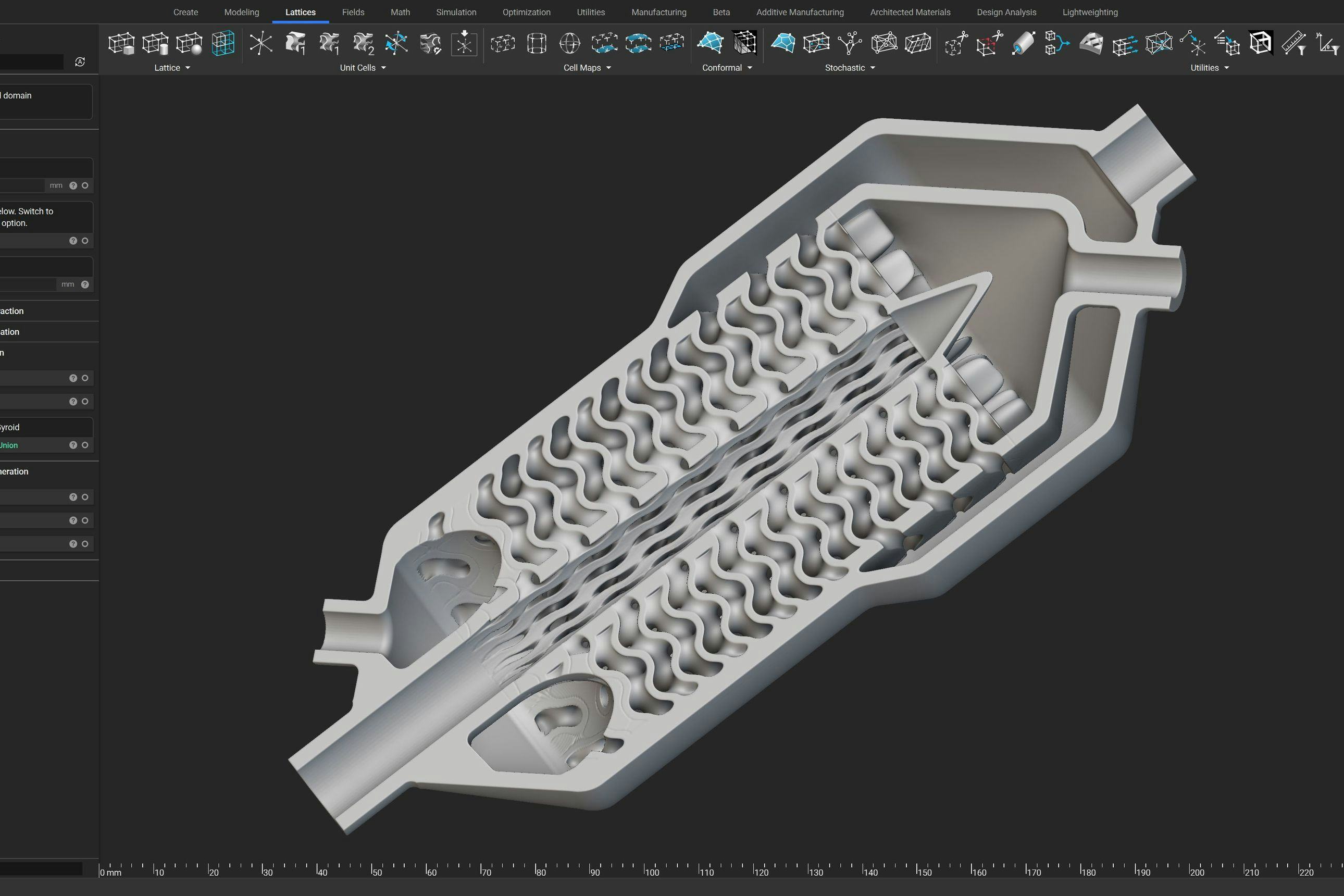Generative design tools with full control
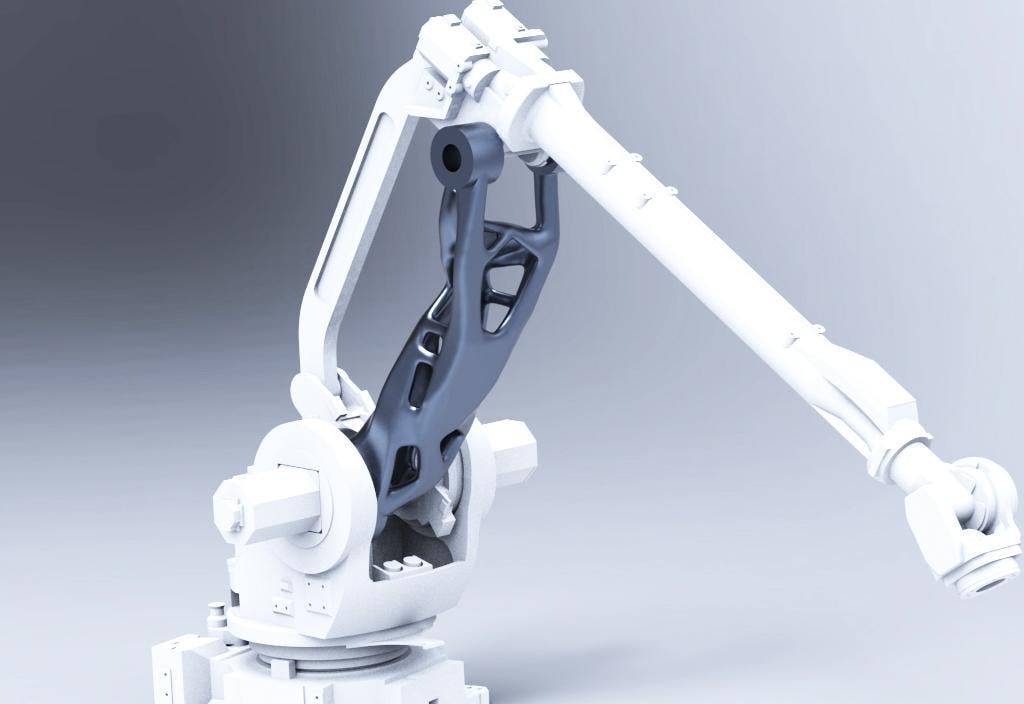
Written by nTop
Published on September 14, 2020
Generative Design is getting a lot of attention — but what is it exactly? Here is why the current Generative Design concepts fall short and how nTop’s alternative approach enables you to unlock its full potential today.
Applications
- General
Key Software Capabilities
- Generative design
Generative design is a very broad design methodology. It includes all goal-driven and computational approaches to engineering where software is used to generate geometry based on a set of logical operations and user-defined rules.
In other words, generative design is a set of digital tools that augment your capabilities as an engineer or designer. Ideally, these tools should address the main engineering need: to efficiently and effectively explore the available design space during all phases of the product development process. By following a generative process you can quickly determine the best possible solution that meets all design requirements — both technical and non-technical.
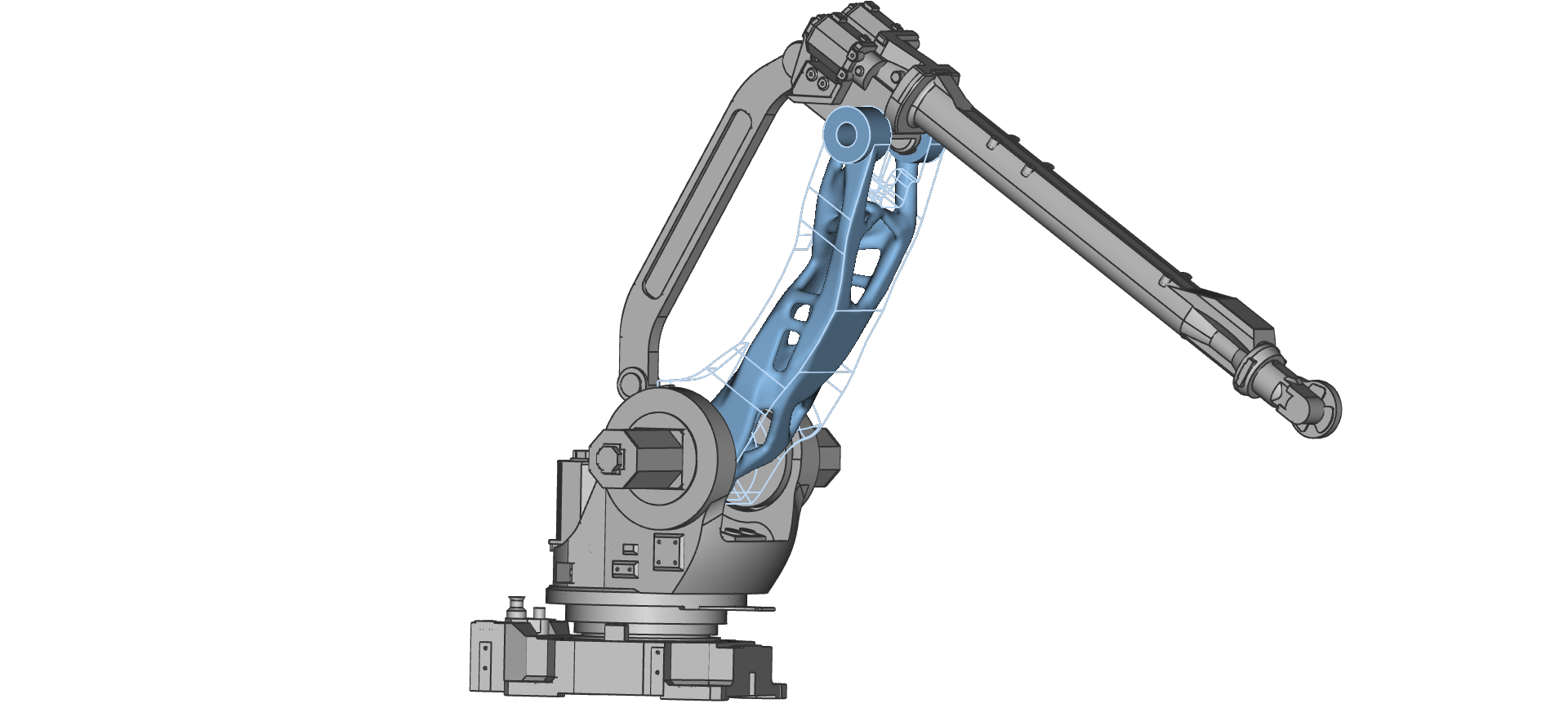
nTop gives you access to state-of-the-art topology optimization tools. But generative design offers much more than just topology optimization.
Even though the basic concepts behind generative design have been around for a few decades, most “generative” tools available today fall short of addressing this basic need — or, more precisely, they only address a small aspect of this need.
In this blog post, we will describe why this is the case for engineering design and then present nTop’s alternative approach to generative design. But first, here’s why the ideas behind generative design are so appealing…
The promise of generative design
The intrinsic value of generative design is that it flips the traditional model of first creating and then evaluating a geometry. Instead of asking, “does this shape meet my requirements?”, an engineer following a generative approach asks, “what is the shape that best meets my requirements?”
Generative design is a tool that unlocks rapid engineering innovation. If used correctly, it can help your business unlock new opportunities for rapid engineering innovation. More specifically, generative design can:
- Accelerate your product development cycles by automating manual engineering design and verification tasks
- Lead to the development of better products as it produces unbiased solutions that may not immediately be obvious to a human designer
- Enable you to take full advantage of advanced manufacturing technologies, such as additive manufacturing or any other robotic or digital manufacturing process
Going a step further, generative design aligns well with the “digital thread” and Industry 4.0 initiatives. An effective generative engineering process promotes collaboration between different disciplines: mechanical design, manufacturing, and computer science. It also enables curious engineers to apply, document, and share with their team new and radical approaches to engineering that take full advantage of the now accessible computational power.
The promise of generative design is definitely alluring. But how do the currently prevalent approaches to generative design help you achieve this promise?
The current "black box" paradigm
If you are not up to speed with the latest developments in the world of engineering design, it may surprise you that most “generative” tools today are based on the same methodology: topology optimization; a simulation-driven approach first developed back in the ’80s.
Topology optimization is a powerful tool that can generate new concepts during the early stages of the design process. It has been used with great success to identify shapes that satisfy engineering requirements — mostly, structural or thermomechanical — and manufacturing constraints. However, it does have certain limitations that hinder its wider use in real-world applications.
Even if you manage to nail down all technical aspects of topology optimization — such as accurately simulating the underlying physics, expressing the design requirements that matter in a measurable way, and streamlining the reconstruction of the resulting geometry into a usable format for manufacturing — there is still an underlying issue that is often overlooked: topology optimization is very sensitive to the inputs that you give it. Even a small change in a parameter or input can make a huge difference to the produced “optimum” result. You can see this in action in a recent nTop Live by our application engineers or in this presentation by one of the pioneers of topology optimization.
To improve the usability of topology optimization, many engineering software vendors went down the route of enhancing it with a layer of machine learning and AI. On a high level, this approach makes sense. After all, the key strength of AI is that it lowers the cost of prediction. Let the algorithm predict the values of the topology optimization parameters that will probably produce good results so the user doesn’t have to. The system is typically combined with a “design of experiments” interface that gives multiple feasible solutions and the illusion of control to the user. And since this requires multiple computational heavy simulations, cloud computing is utilized as desktop computers cannot run in a reasonable amount of time. Plus, a pay-as-you-go monetization model adds additional (and hefty) costs to your design process.
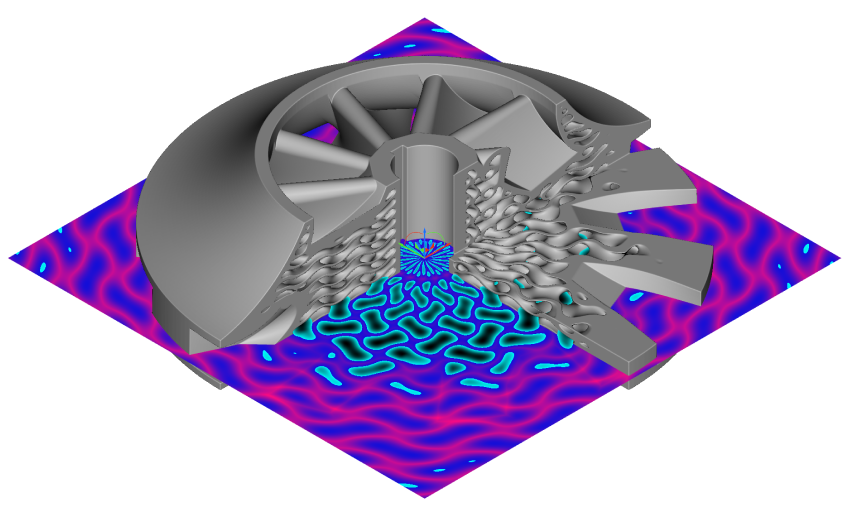
Every physical attribute can be expressed as a field: geometry, simulations, experimental data… nTop gives your the unique capability to superimpose fields to generate high-performance designs.
The question arises: is this “black box” approach to generative design actually effective? In our experience, engineering design is characterized by multiple iterations and frequent changes. It is much more complex than what can be captured by this simplistic three-step approach: 1) specifying objectives and constraints, 2) wait for the algorithm to generate solutions, and 3) select the best option.
Plus, the burden of evaluating a design still falls mainly on the engineer and design validation is a complex and cumbersome process — remember: the results of heuristic approaches, like topology optimization, always require detailed validation. As one of the most popular online articles that critiques prevalent approaches to generative design puts it, engineers do not work this way.
What is missing from the current paradigm of generative design tools is an element of predictability and repeatability; an element of control over both the produced geometry and the whole optimization workflow. The best tools are the ones that you can modify to the specific needs of your application.
The real challenge isn’t the technology, it’s how the algorithms fit in and improve the engineering process. This philosophy is at the core of nTop's approach to generative design.
nTop's approach to generative design
nTop is the only generative design solution today that gives engineers direct and predictable control over every aspect of the process and its outputs. Not only does it accelerate concept design, but it also provides a platform for developing next-generation design, simulation, and manufacturing workflows that can be deployed throughout your organization.
We identified the limitations of traditional modeling technologies, so we built nTop on an unbreakable geometry. It is based on an implicit modeling engine, a technology we pioneered for mechanical engineering applications, that is lightning fast, extremely robust, and easily handles geometries with arbitrary complexity.
We understood your need to create standardized engineering design processes, so we created a platform where built-in and user-created capabilities seamlessly merge into reusable workflows. In a sense, working in nTop resembles more software development than using traditional CAD systems. Multiple stakeholders can collaborate to build scalable systems that concisely encapsulate engineering knowledge, manufacturing methodologies, and your in-house IP. These systems can then be deployed and reused throughout your organization.
We experienced the need to go beyond topology optimization, so we developed a generative design methodology we call field-driven design. Every physical attribute can be described as a field; from simulation results and experimental data to the geometry of a solid body. nTop gives engineers the unique capability to superimpose such fields to create optimized structures. Field-driven design produces pre-validated results, can be applied to multiphysics problems and takes advantage of existing engineering knowledge.
Of course, we incorporated state-of-the-art topology optimization and design analysis tools in nTop, because we do believe that they add value to engineering. We also understand that any new software should fit into your existing processes, so we made sure that nTop can easily integrate with all other CAD, CAM, CAE, or PLM systems that you are already using.
Over the years, nTop has evolved into a true generative design platform that augments the capabilities of engineers and we continue to add new features with every new release. To illustrate this point, let’s take a look at some examples of how our users have taken advantage of the capabilities on nTop.
Application: Aerospace company re-imagines the engine cylinder
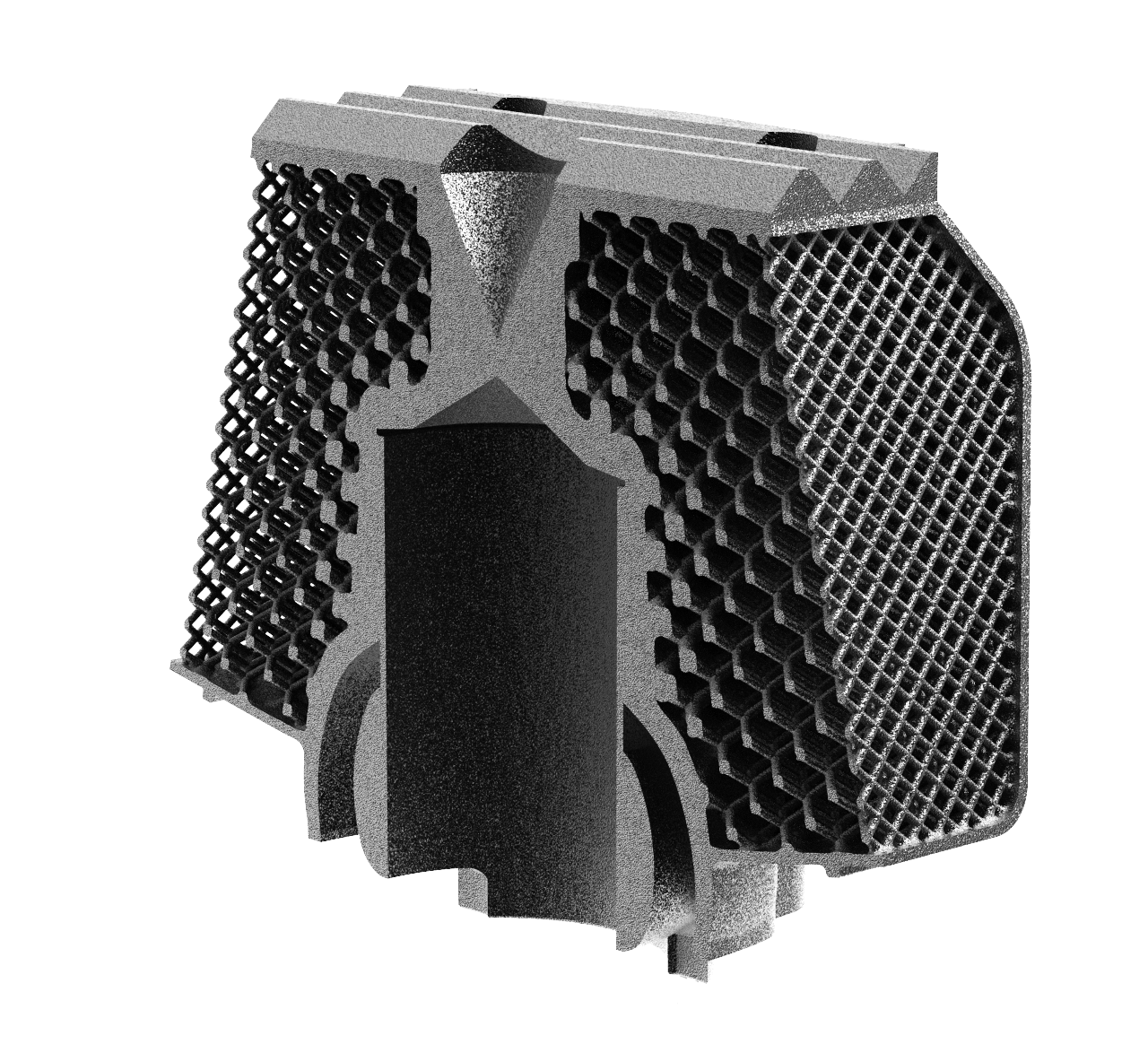
Cross-section of a drone engine cylinder designed in nTop by Cobra Aero.
Cobra Aero completely re-imagined the air-cooled cylinder of their internal combustion UAV engine using field-driven design. Instead of the commonly used fins, they opted for a lattice infill structure. To optimize the performance of the cylinder they combined multiphysics simulation to account for factors like temperature, air velocity, stresses, and pressure to spatially control the thickness and density of the lattice, while also meeting weight and DfAM requirements.
Application: Multifunctional optimization of automotive component
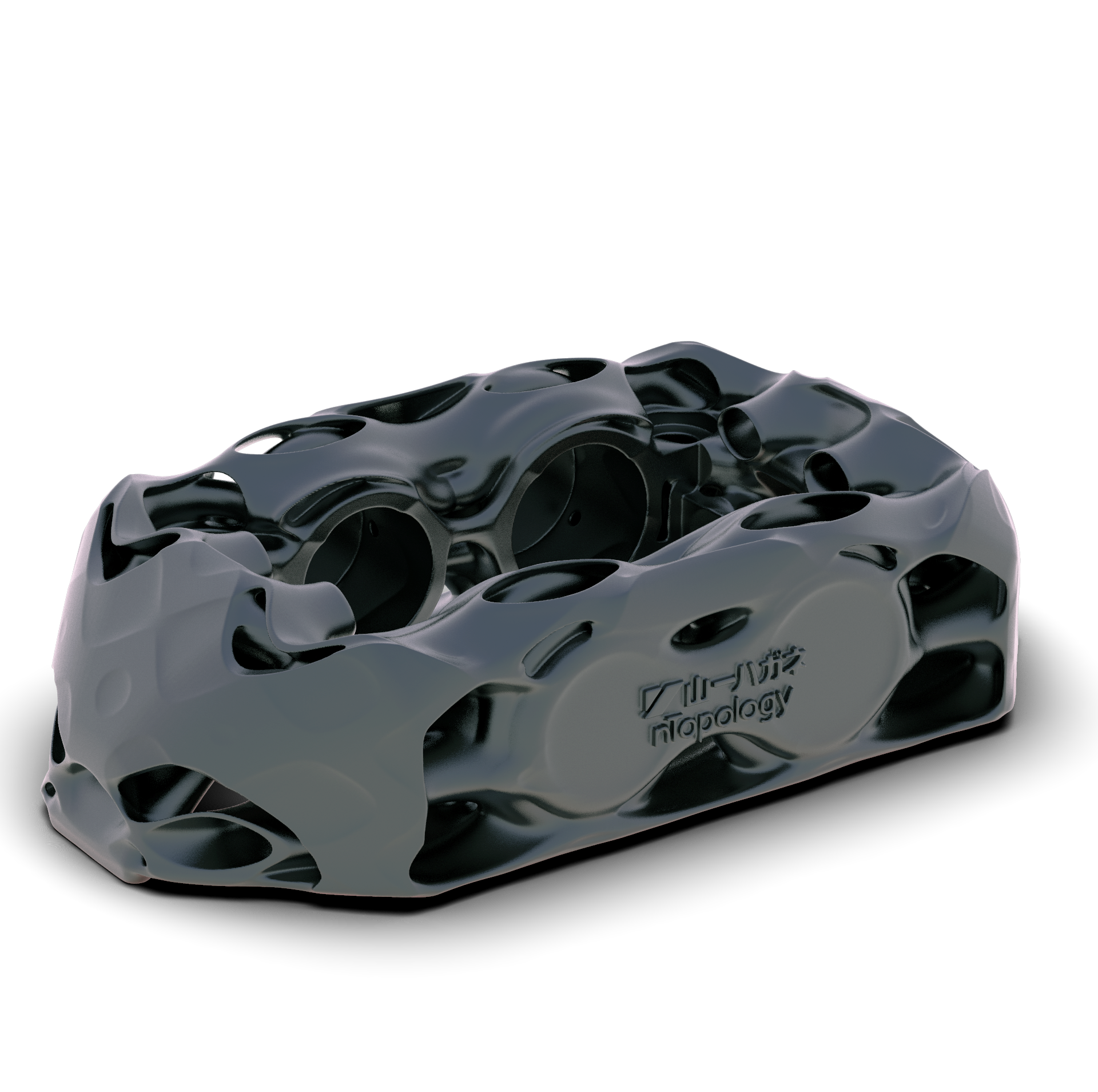
Automotive brake caliper designed in nTop by Yamaichi Special Steel.
Yamaichi Special Steel used a generative process to redesign this brake pedal meeting multiple engineering requirements that are often neglected, such as fatigue strength, heat management, and impact resistance from gravel. To achieve this they utilized topology optimization reducing its weight by 40% but also rapidly generated and evaluated multiple advanced lattice geometries to identify the optimal solution.
Application: Traceable design processes for medical implants
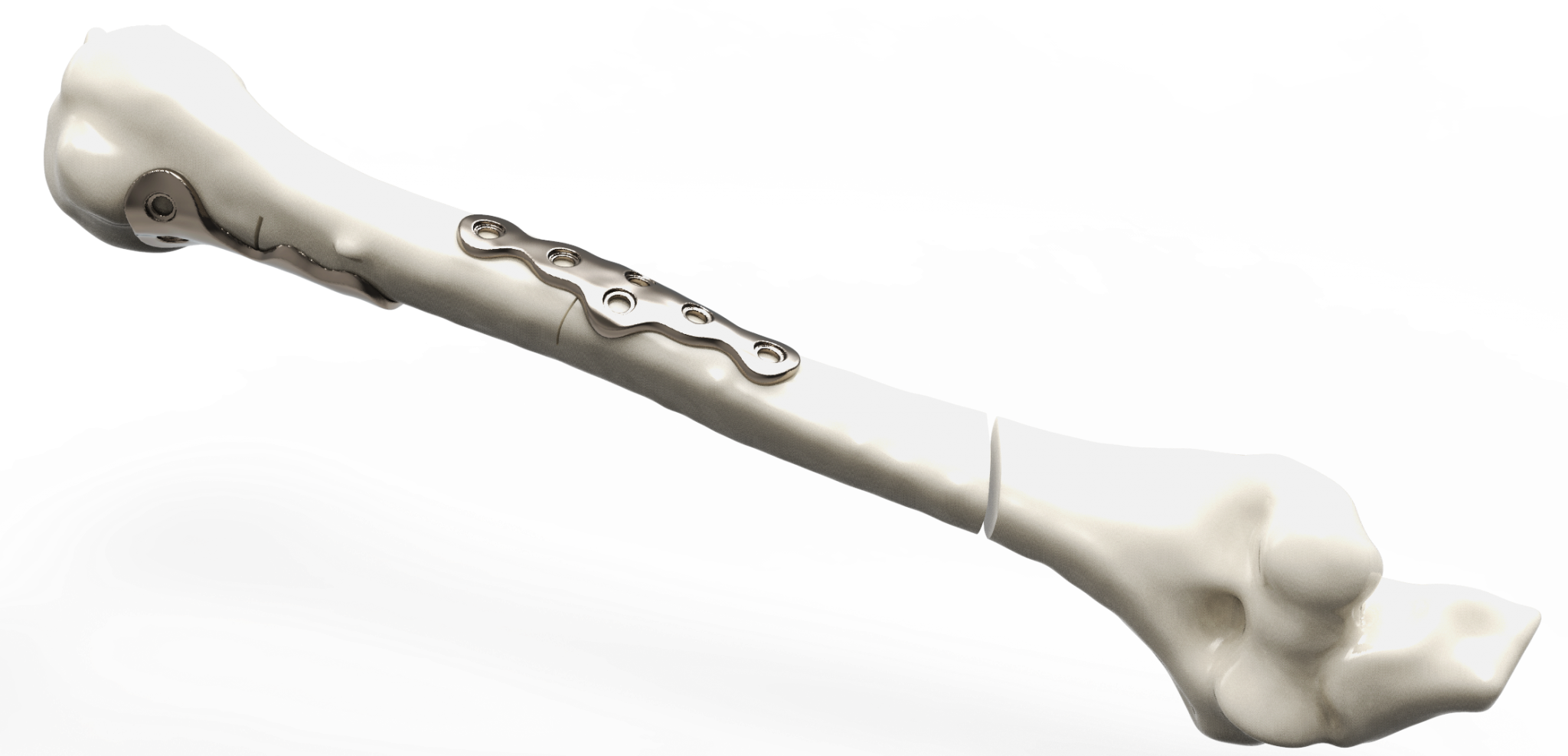
Patient-specific bone plates designed in nTop by an established medical device company.
Custom medical implants can take a long time to design and can be an operational bottleneck when trying to determine what the best approach is to treat the patient in any situation. With nTop, biomedical engineers can use imported patient-specific data and user-defined features inputs, like the position of the screws, to directly and automatically generate bone plates and other medical implants. Plus, the entire design process is completely transparent and traceable by incorporating automatic report generation in their nTop workflows.
Our contribution to engineering
nTop’s unbreakable geometry, reusable workflows, and field-driven design is our contribution to the world of engineering. We believe that engineers and designers can solve the pressing issues that the world is facing today. We don’t attempt to replace them but rather augment their capabilities with digital design tools enabling them to apply radical approaches to engineering and build transformative products.
To learn more about how nTop can unlock the promise of generative design, the “Generative Design with Complete Control: nTop’s Approach to Generative Design” guide is now available for download. Or you could see in action how the generative design tools of nTop can address your specific advanced engineering design needs by requesting a demo.

nTop
nTop (formerly nTopology) was founded in 2015 with the belief that engineers’ ability to innovate shouldn’t be limited by their design software. Built on proprietary technologies that upend the constraints of traditional CAD software while integrating seamlessly into existing processes, nTop allows designers in every industry to create complex geometries, optimize instantaneously, and automate workflows to develop breakthrough 3D-printed parts in record time.
Related content
- PRODUCT UPDATE
nTop 5 is here: Expanding the implicit ecosystem, boosting performance and precision

- VIDEO
Five ways to lightweight in nTop in less than 5 minutes
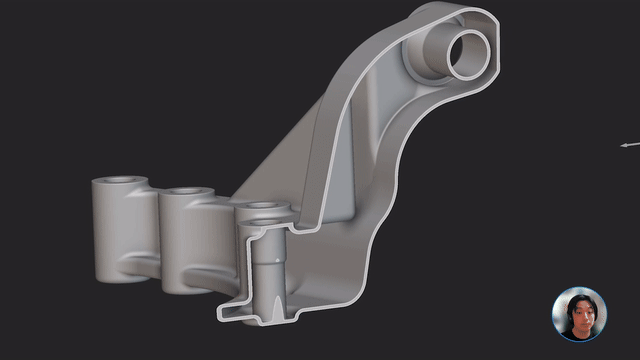
- VIDEO
Sneak peek into the nTop + Autodesk Fusion 360 integration
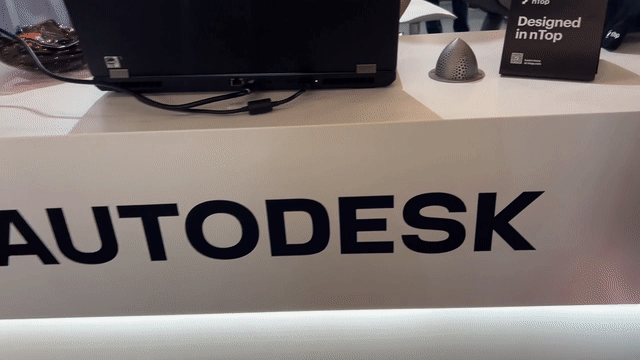
- ARTICLE
Optimizing thermal management with conformal cooling to extend operational life
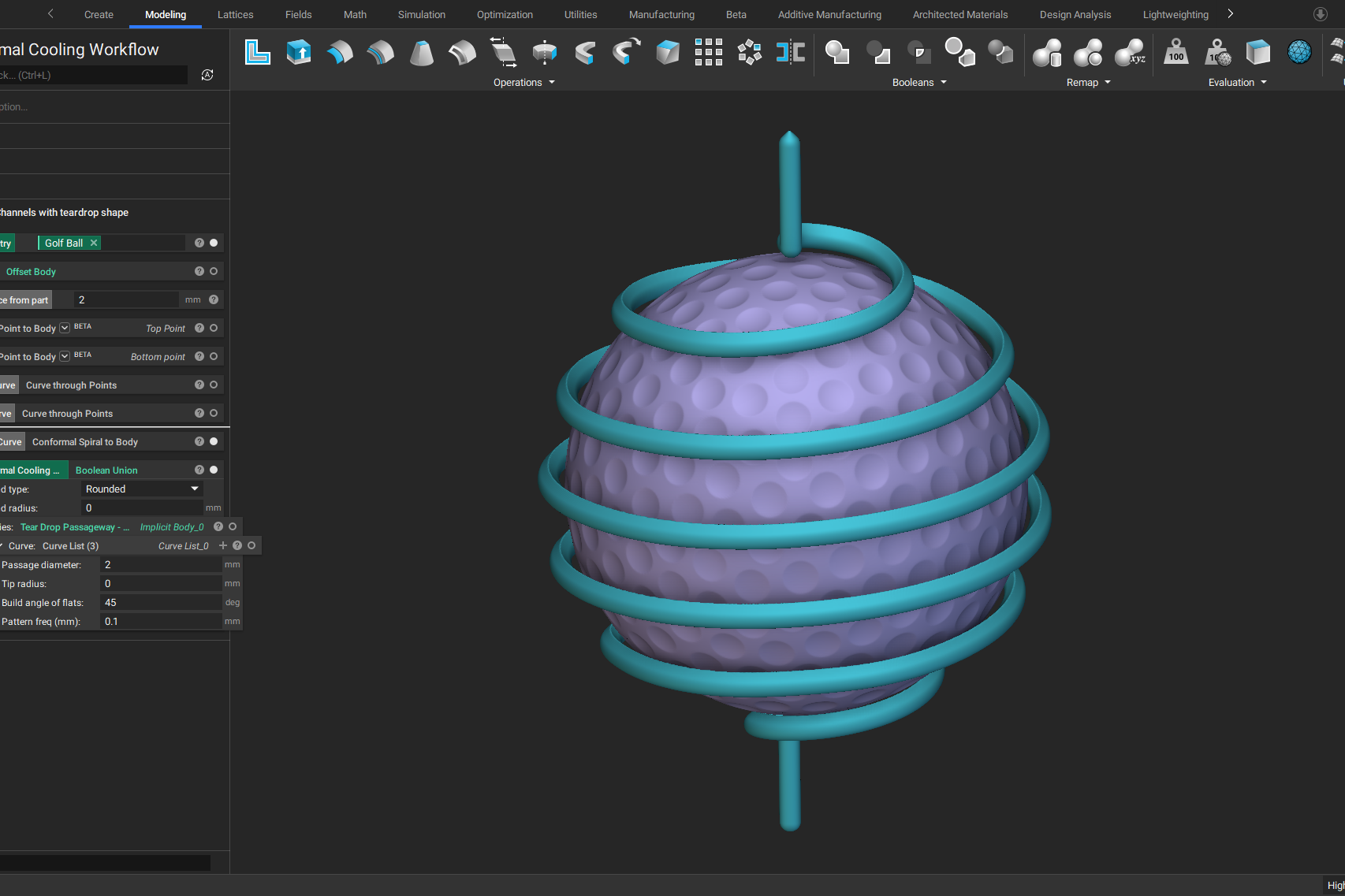
- ARTICLE
Advancing structural performance of aerospace heat exchangers
